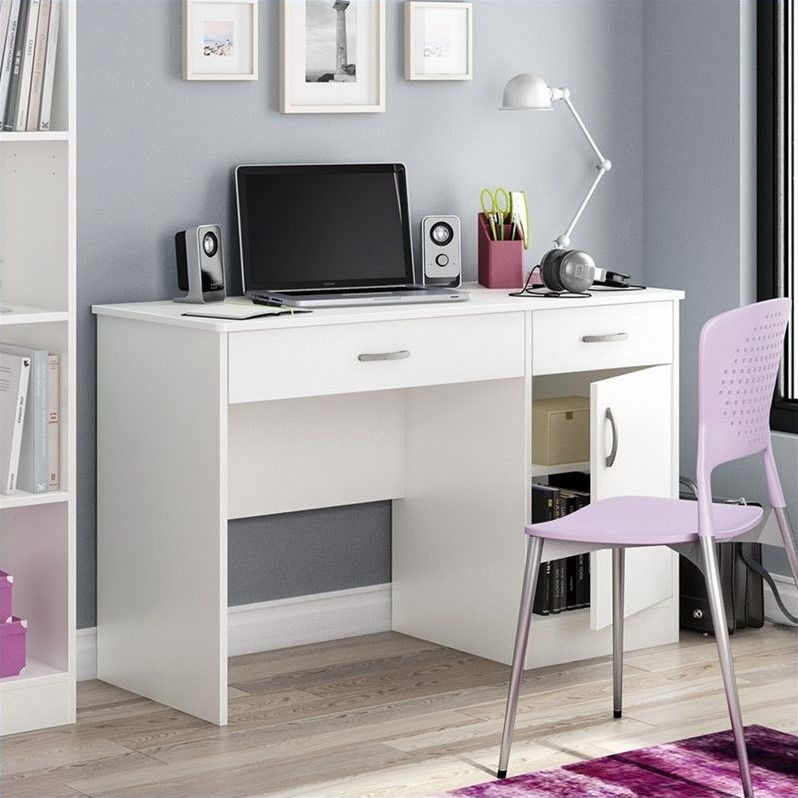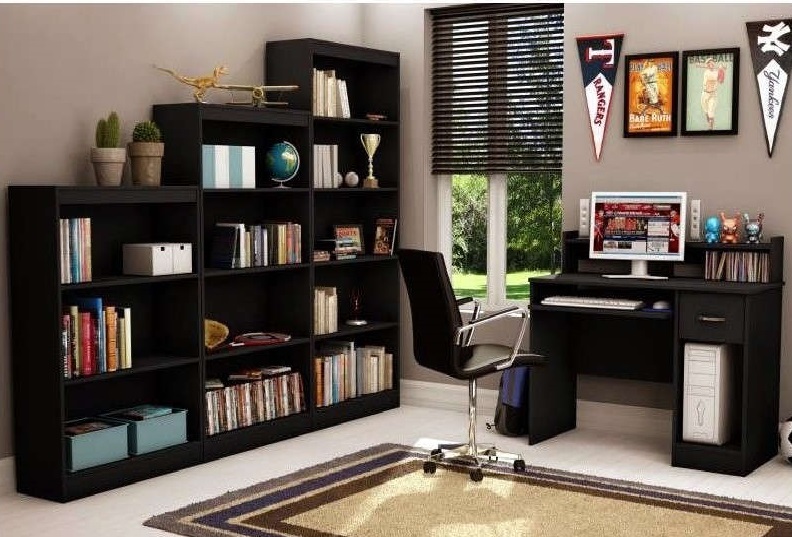On average, students spend six hours a day at school. Most of this time is spent sitting behind a school desk. With design in mind, a majority of desks encourage a student to sit still. As a classroom staple, a desk tends to be a home away from home for these students. Below are the top factors to consider when making student desks.
Building Materials
When making school desks, it is paramount to take into consideration the kind of material to use. A good desk should be made of high durable material. Common materials that are used to make school desks are premium standard wood, plastic, and metal. The finishing should be smooth with no sharp edges that can cause injury to students.
Ergonomics
Ergonomics is another critical factor to consider. Desk makers may think that all a student needs is a flat surface to put books on and write on. However, ergonomics and comfort should not be ignored given that the student will be using it for hours on end each day. Most desks have a height of 30 inches, which may be ideal for the average student, but not all students. A manufacturer should ensure that there is sufficient leg room and that the desk is of the correct height.
Right Size
It is important to make sure that a chair will fit under the desk in a way that the student will not sit at an awkward distance from the desk’s surface. This can be achieved by measuring the height and width of the chair up to the armrest in order to avoid surprises. In addition, monitor placement should be considered for students who use computers during classes. The ideal position of a monitor is about an arm’s length away. Thus, a student desk should not be deep, or it may lead to wasted space behind the monitor.

Desk Shape
The desk shape is also an important factor to put into consideration. Each desk layout has its own merits and demerits, whether it is an L-shaped desk, a corner desk, a traditional rectangular desk or a U-shaped desk. The best layout is one that fits a student’s work style and classroom space. It should also be adaptable in case it is moved to a different classroom. Straight desks are the most common since they are versatile for placement in the middle of a classroom or against the wall. Corner desks fit in different room layouts and usually save space. However, the student will be stuck facing the wall, usually with his or her back to the door.
Working and Storage Surface
The working and storage surface of a desk should also be put into consideration. Some student desks are not very functional. While they may have an appealing style, they may have poor organization and storage- or the other way around. A student desk having the flattest space possible for its size is recommended. A pullout surface is a notable surface as it essentially converts a rectangular desk into an L-shaped desk, temporarily. Also, built-in surfaces offer a lot of storage. However, when attached to the desk, these hutches limit where a student can place it, and he or she is stuck with the hutch.
Quality of Drawers
The quality of student drawers is of great importance. One way of gauging the quality of a desk is by checking its drawers. The drawers should slide with ease while the rollers should be sturdy. A desk’s warranty is another good indicator of the durability, life expectancy and quality of a certain desk.
